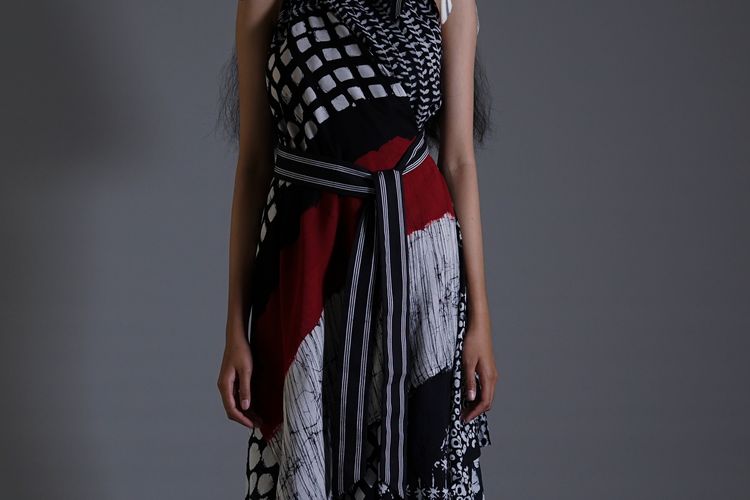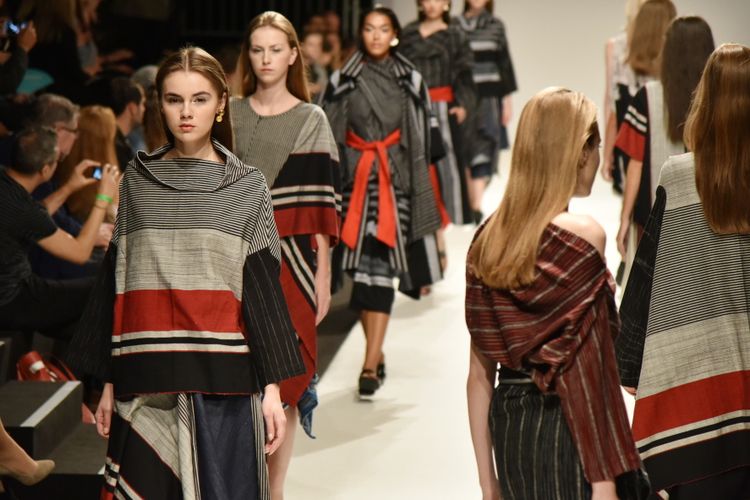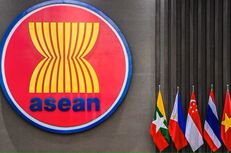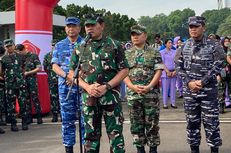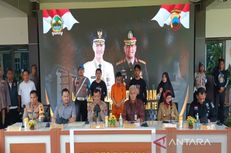Indonesia’s Lurik Fabric: From Downscale Item to High Fashion
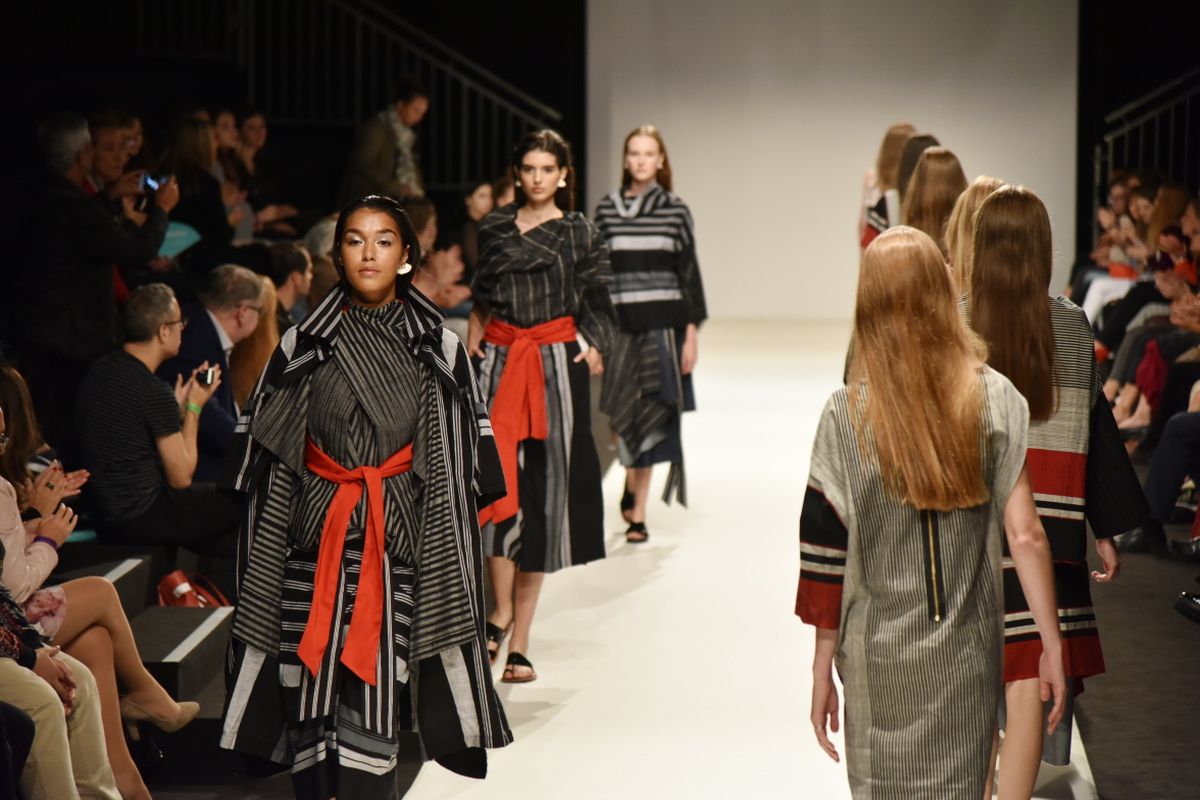
By: Fira Abdurachman
KOMPAS.com – Indonesian fashion designer Lulu Lutfi Labibi dared to take risks when introducing the use of lurik traditional weaving fabric in high fashion about a decade ago.
From the cultural aspect, lurik which means line or stripe in the old Javanese language, was the type of fabric with rough texture for everyday wear among the commoners in the Javanese society in the old days.
“Life must go straight just like the line,” said Lulu, referring to his philosophy behind lurik. “I love straight line, as simple as that,” said the 39-year-old fashion designer.
Lulu’s interest in using lines in his design began in 2011 when he introduced the use of lurik for his fashion brand company which is named after him. To create the perfect look, he combined lurik with a unique Japanese mode style.
He then earned high appreciation from fashion magazine editorials.
Also read: Experience the Best of Bali Culture with This Full-Day Ubud Itinerary
However, his journey was not easy. In the beginning, he was struggling in selling his products as they are more segmented.
“At that time people were still not aware of my fashionwear,” he said.
He decided to post the products on Facebook in 2013. The sales started to slightly increase only when he promoted the clothing via Instagram as he gained many followers. The local customers were impressed by his clothing design, especially with the use of draping techniques.
 Indonesian fashion designer Lulu Lutfi Labibi.
Indonesian fashion designer Lulu Lutfi Labibi. Besides, the touch of Japanese mode style on the lurik traditional weaving fabric has lured the customers, making lurik a fashion trend. Since then, boutiques and retail stores in the shopping malls carry lurik traditional weaving fabric.
A status symbol in the past
Lurik is different from batik. The local artisans weave motifs into the cloth by using a non-machinery weaving tool, or popularly known by its Indonesian acronym ATBM. It is a wooden tool that is manually operated by hands.
The fabric is made of cotton thread. Based on historical literature, lurik represented social status, too. In the old days, it was a symbol of the lower class in Javanese society. It was worn by commoners such as workers, guards of Javanese palaces, peasants, and street vendors. The texture of the fabric felt rough and color choices were limited at the time.
In the 18th century, the Javanese monarchs assigned mandatory clothes based on social status. The people with low social status wore clothes with particular colors, types of fabric, and styles that are different from the royal family.



